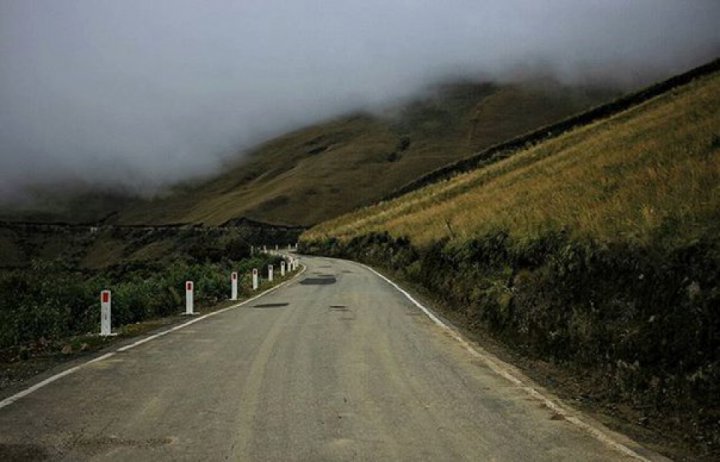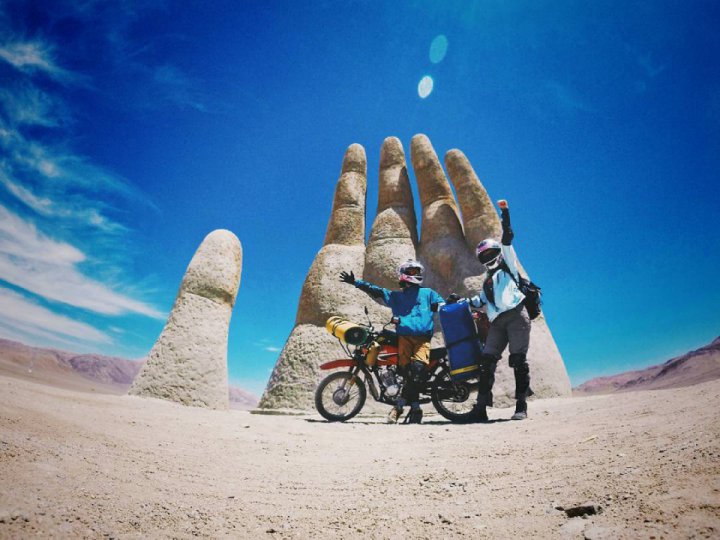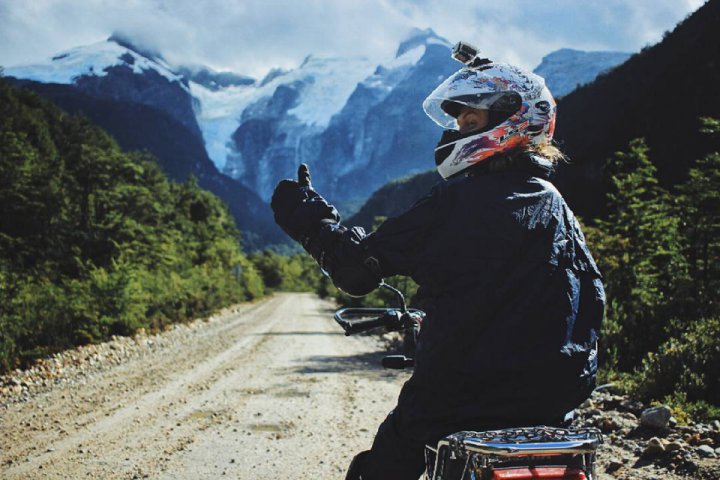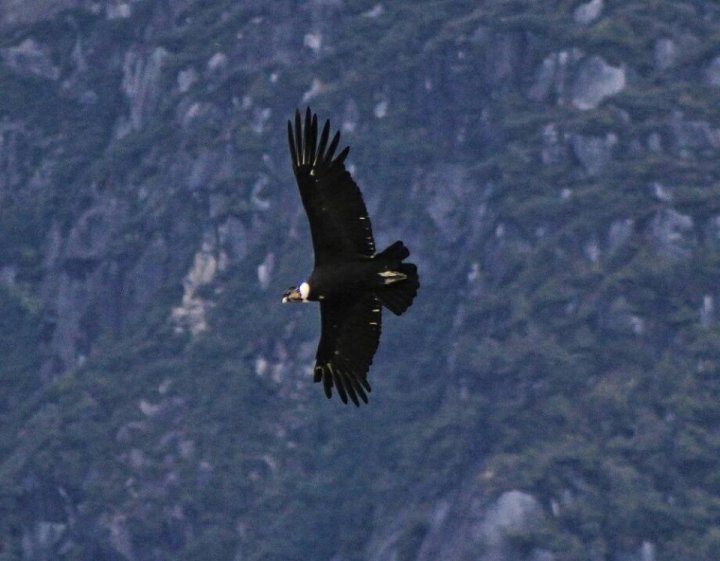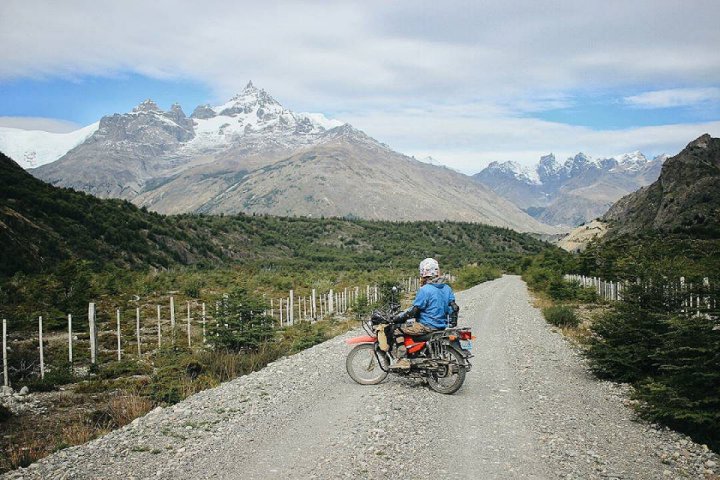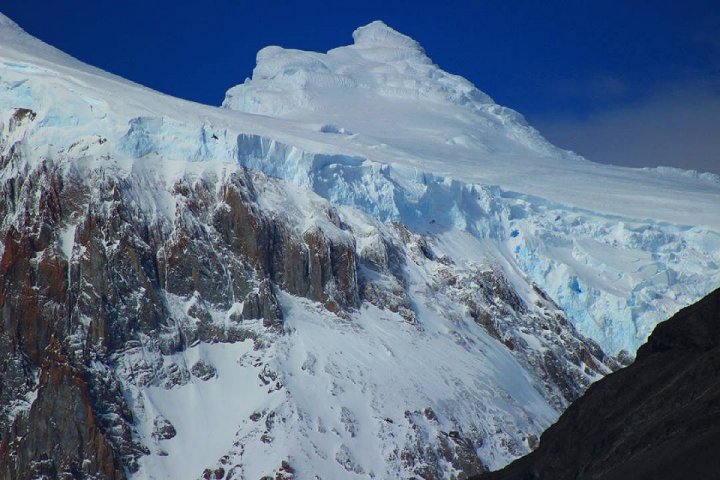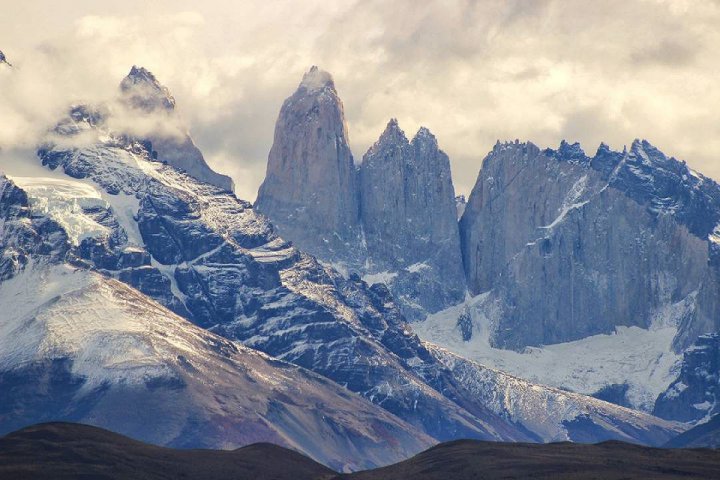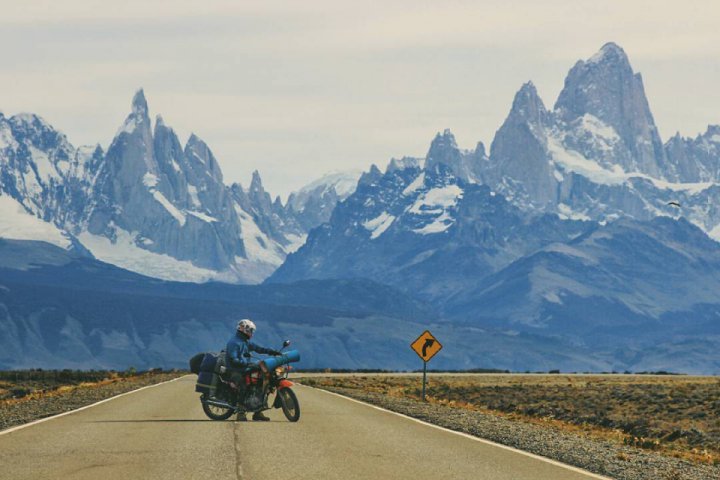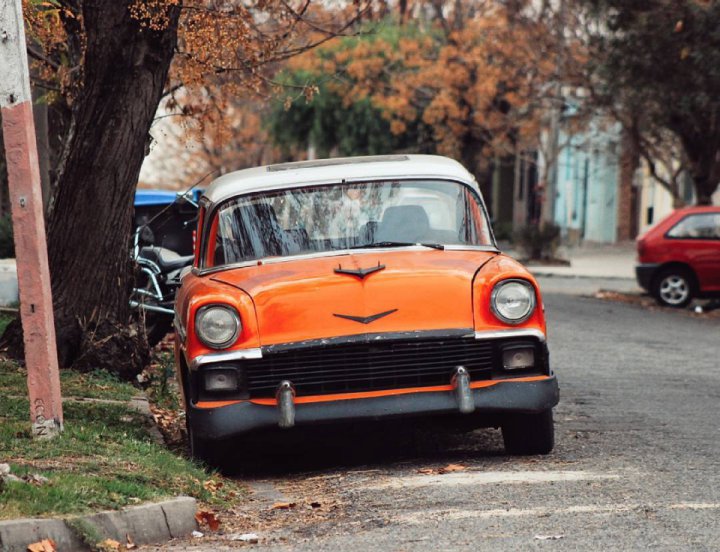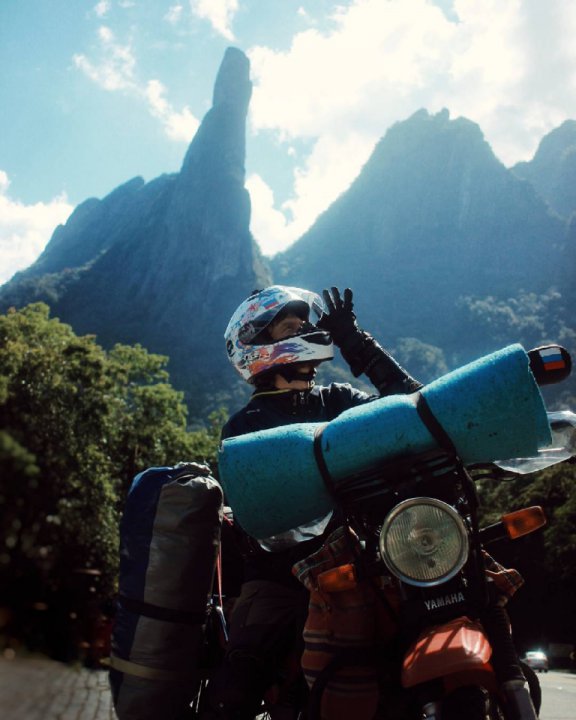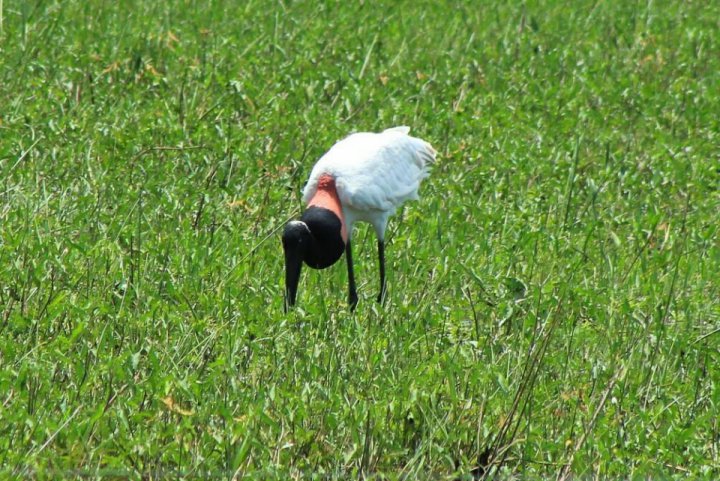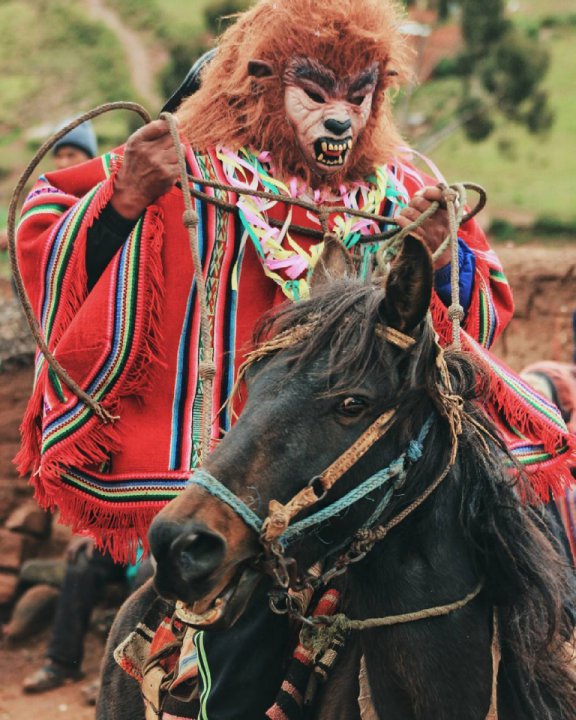Adventures of YB125 in Argentina. Part 2

200 million years-old volcanoes are always interesting.
In Argentine Patagonia hacienda, ranch, Finnish, etc. are called estancias. Most are abandoned and uninhabited. But only in these places you can find the necessary - a shelter from the wind (because people's dwellings are surrounded by trees) and springs (because people built their estancias where there is water, it is difficult to find here). Sometimes it can be lucky with a roof. Sometimes it may not be lucky with springs - they may be abandoned and already unsuitable.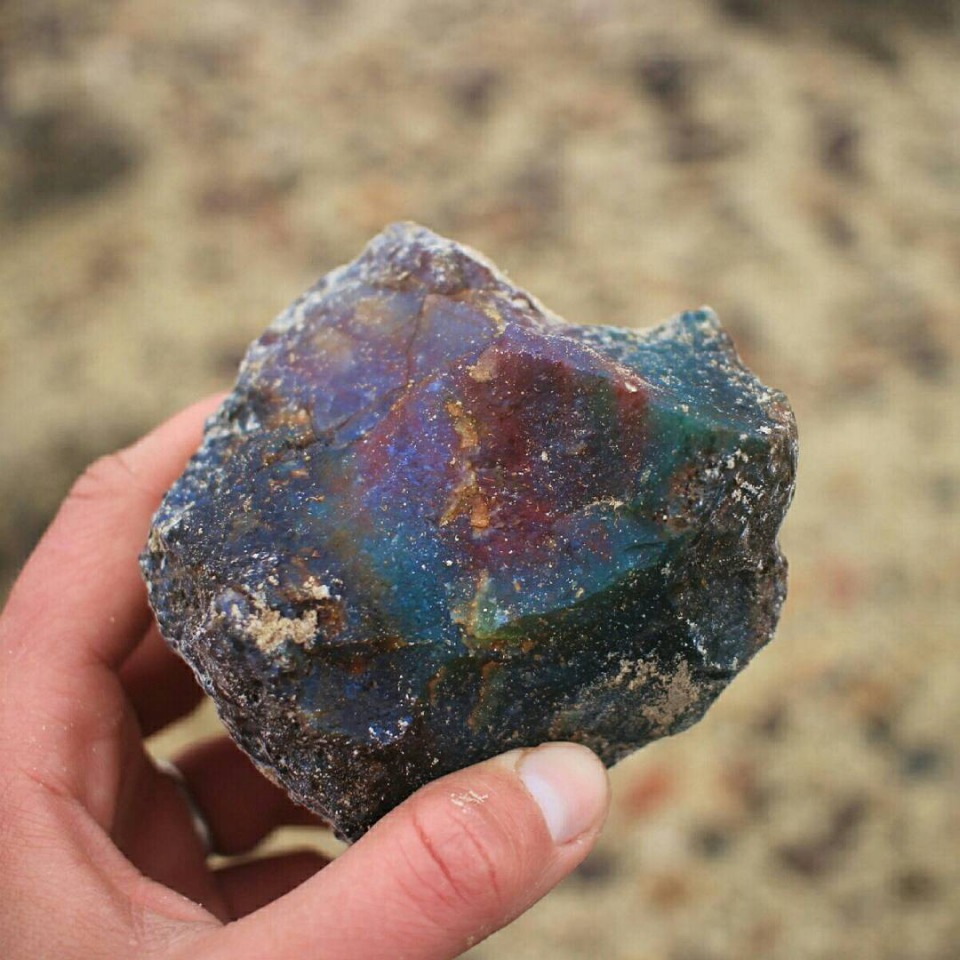
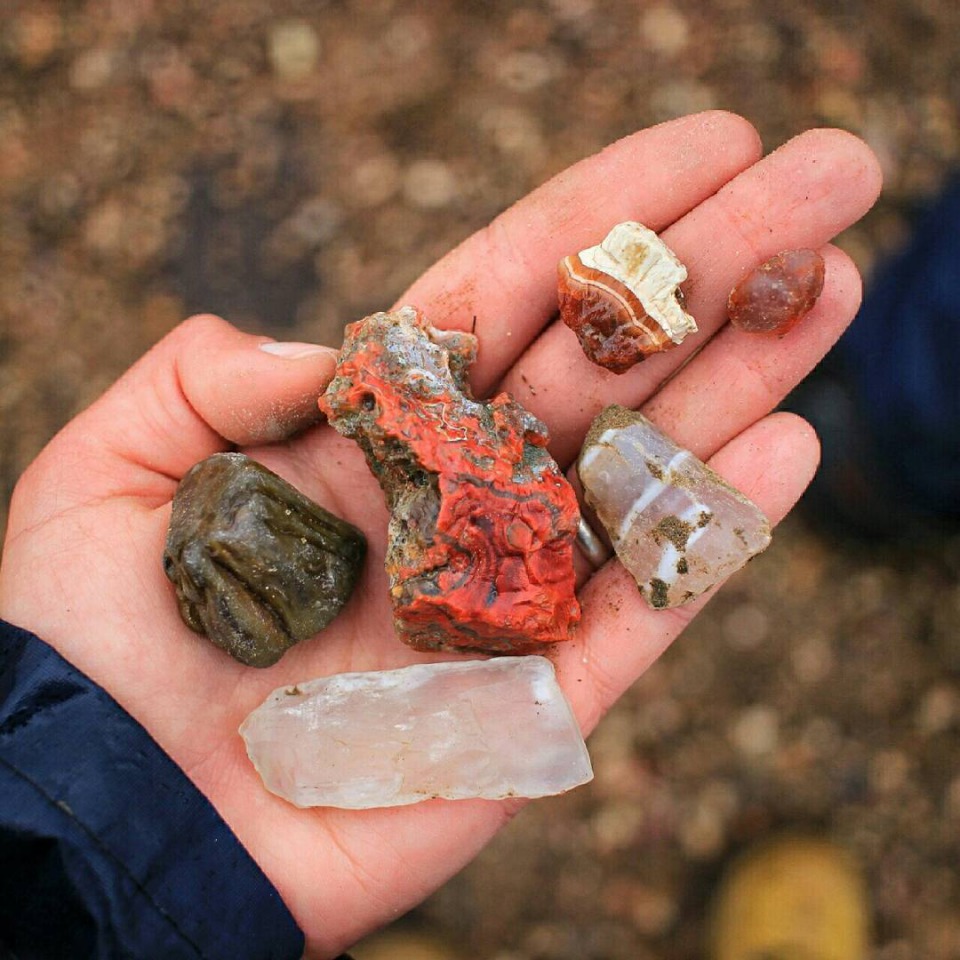
Autumn, real, has become for us a wonder and luxury. We counted up how much time we did not have and realized that we had not seen the fall for more than three years.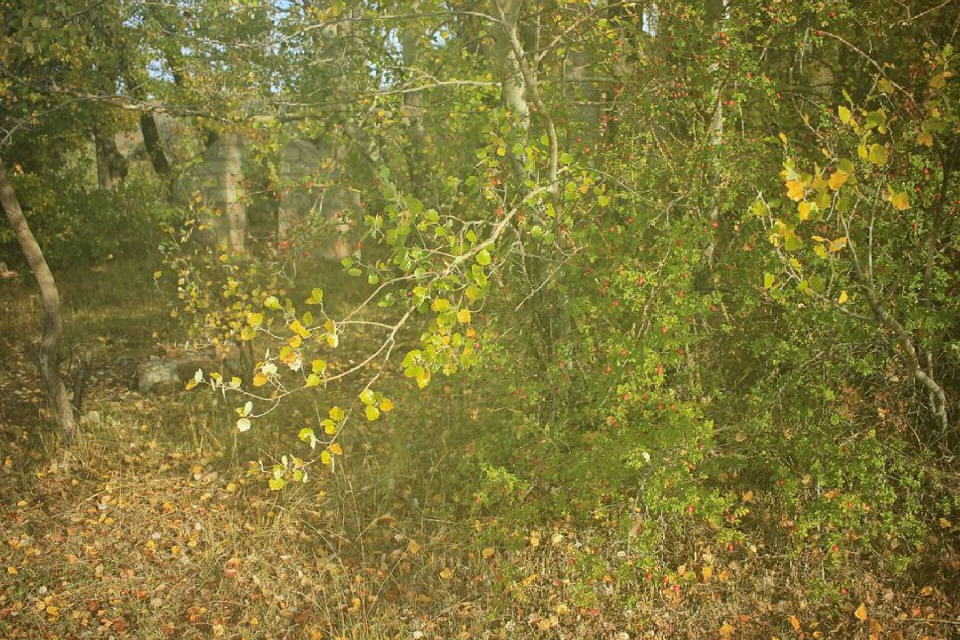
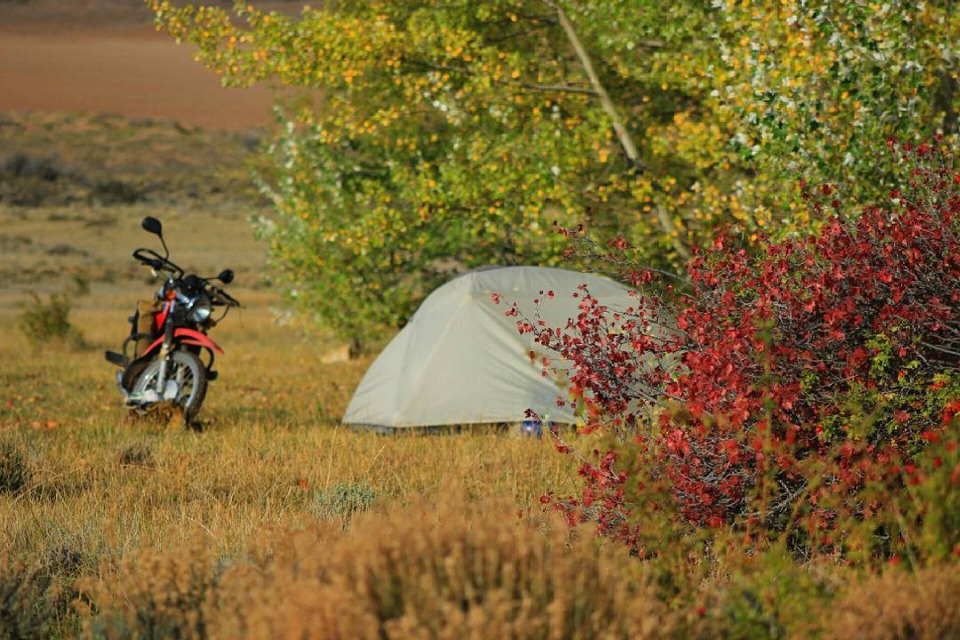
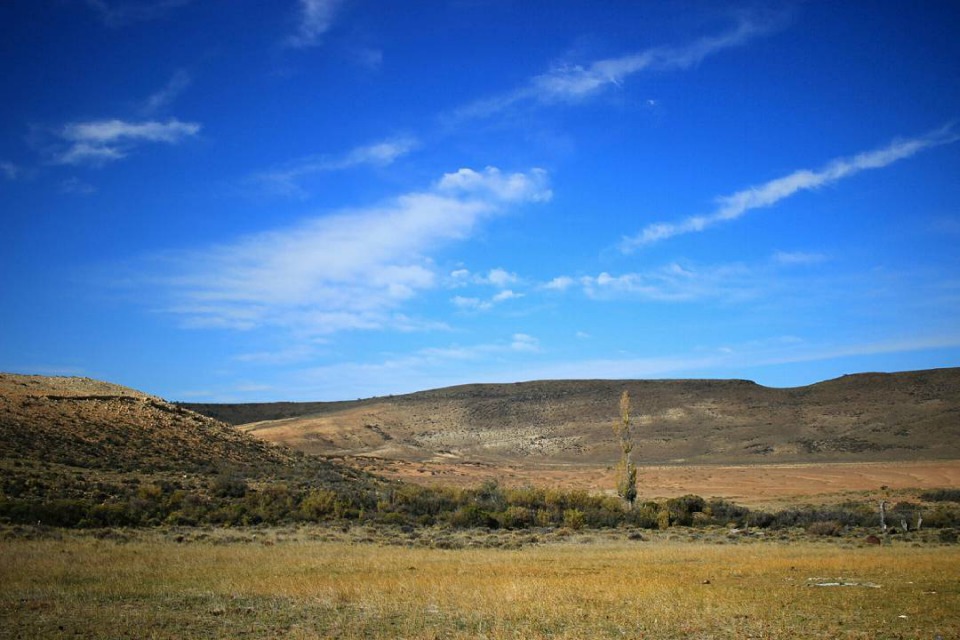
500 km of gravity and strangeness
The largest predator in these parts is puma. But the most terrible, this is perhaps the man. If pumas kill animals, then only to satisfy hunger. People kill animals not only to feed themselves, but also for the sake of vanity, by chance, for fun and to prevent the reduction of livestock. For example, on residential estancias, fences are decorated with refreshed bodies of cougar and fox, without skin, sometimes without a head. The owners of farms thus try to frighten all those who can encroach on sheep and horses.
Nevertheless, not eaten horses are much less terrible and unpleasant than chaotic fireplaces in which hunters burn not useful spare parts of their prey. From all the abundance of skeletons and remains, this land seems wild. Wild as never before on our way.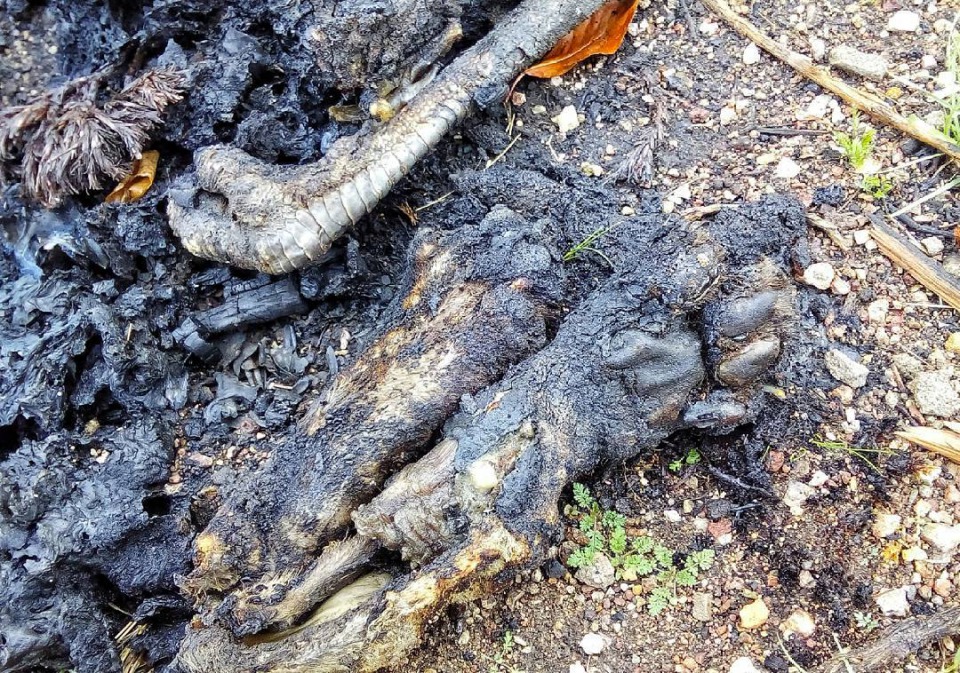
About 1500 people were shot right here. Most of the dead were peasants and sheep-shearing workers ... Whole families ... This piece of the road was strange to us, and the final picture was only drawn when we left there. It's amazing.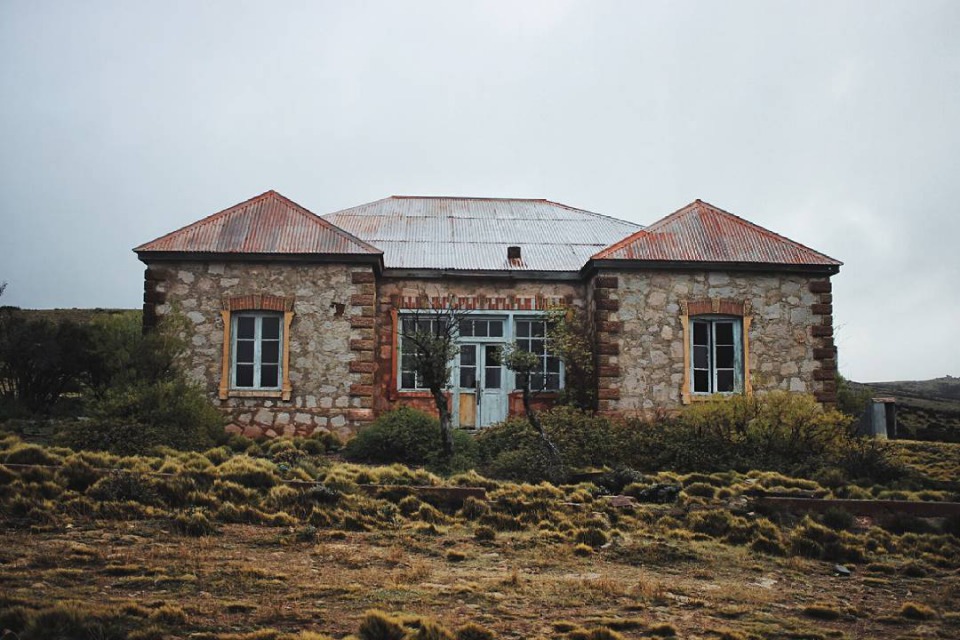
A meeting
We saw a couple on small motorcycles. Five minutes later we sat down at the table with Steve and Liz from Melbourne (Australia) for a table. Steve and Liz are slightly older than our parents, and imagine (!), They sold their house and went on this huge journey on motorcycles (!), Have already traveled to Africa and now they are going from the extreme point of the south to the extreme point of the north across the Americas. They miss their daughter, who stayed in Australia and are happy with their spending the night under the starry sky of Patagonia. With them, we immediately forgot about Wi-Fi, and chatted a couple or even three hours.
“The best thing about traveling is meetings, isn’t it?" Says Liz.
From the cafe we moved to the bikes, examining the notions and inventions of each other. Virtually all the equipment on their motorcycles is absolutely brilliantly made by their own hands. Steve immediately, without further questions, first of all, found a plastic bottle and made wings on the handlebar, now protecting my hands from the wind.
"Why do not you drive? You can change him, so it will be easier for you "- says Steve to Nastya.
"So I do not even have drive license..."
"Drive license? (looks around as if we are in the desert) Who care about your drive license here?"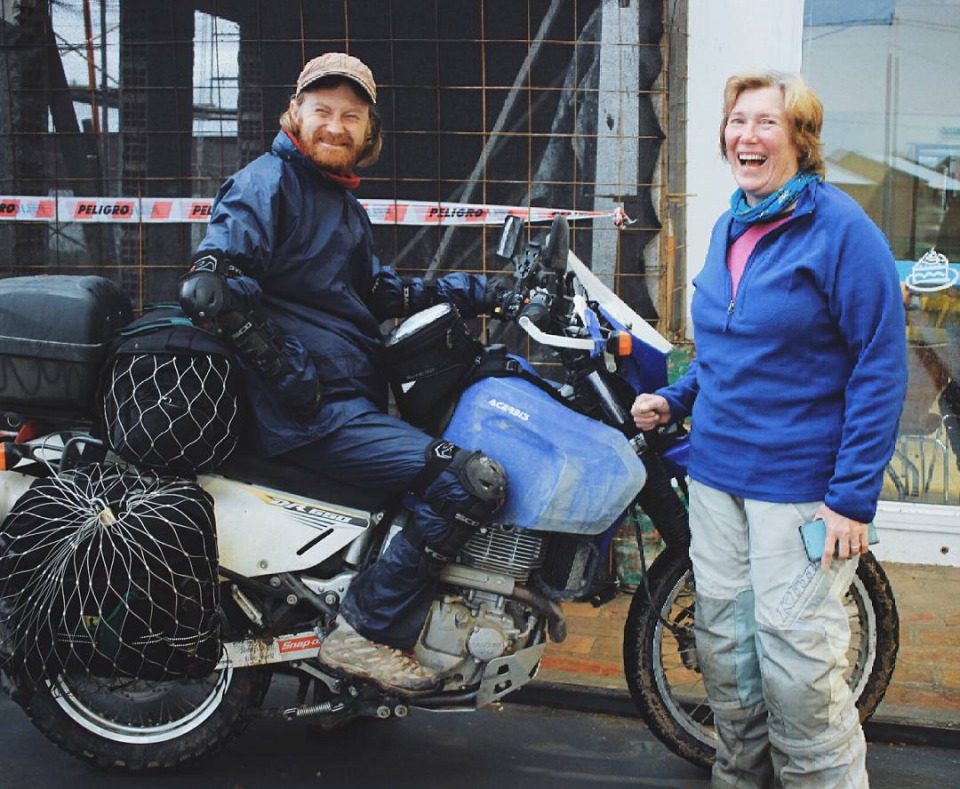
Ruta 40
The next morning we woke up with a view of Lake Cardiel. The rain the day before turned the sand into flowing-folded patterns. And two meters from the tent a fresh chain of cat tracks stretched. It was clear that the puma bypassed us cautiously, slightly changing its direction around the tent.
National highway number 40 crosses Argentina to the south and north, and its length exceeds 5000 kilometers. The construction of this legendary road was launched in the early forties and continues to this day. Some fragments are transferred to other roads. Once the Fortieth (as well as the 66 highway in the US) was necessary to link the regions. With the support of the government, its infrastructure is being improved.
More than 70 percent of the way is already covered with asphalt, so the most difficult to overcome, perhaps is only the wind. Well, and the rain.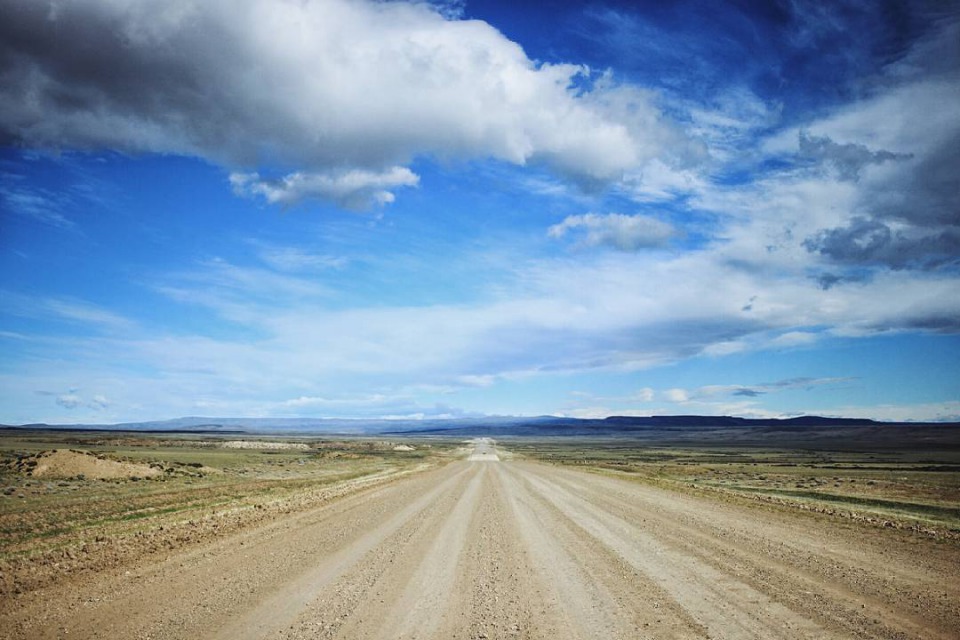
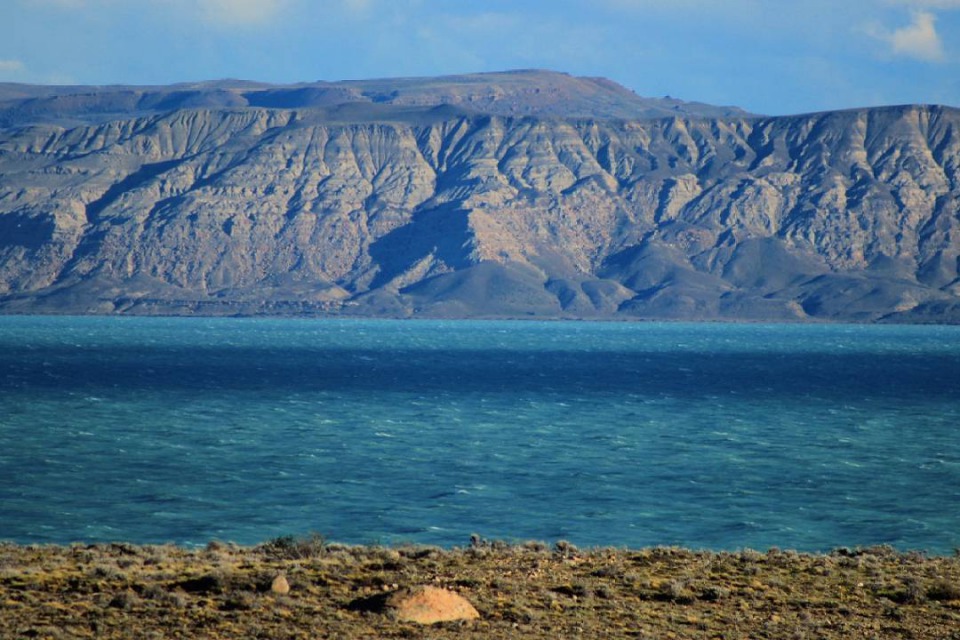
El Chalten
And so we drove to Chalten! The world's capital of trekking and dreams called Fitzroy.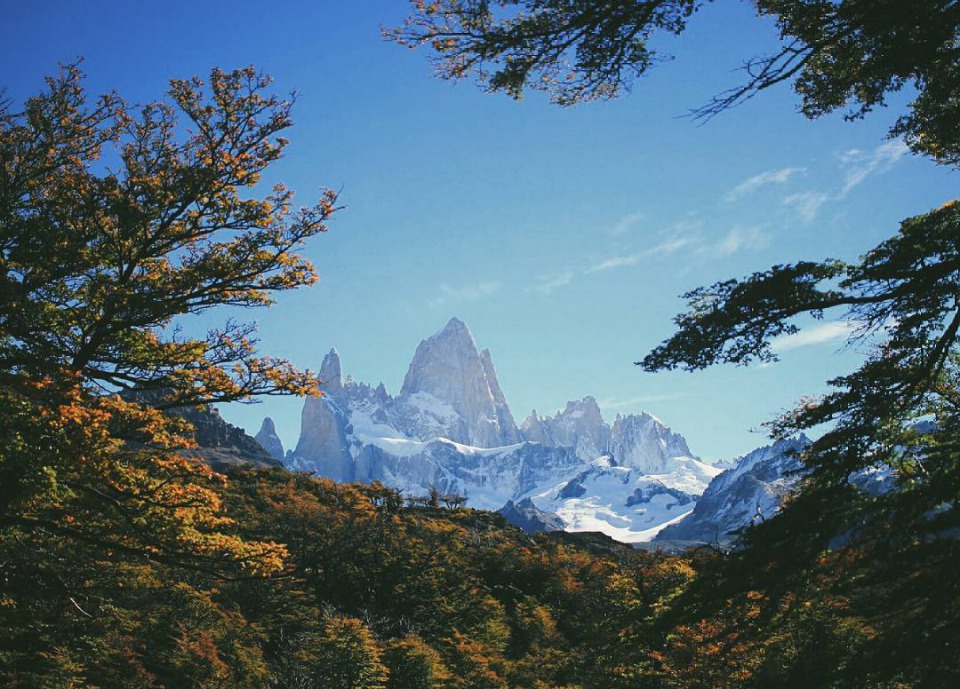
The tiny Chalten hid in the valley of the Rio de las Vuelas. Chalten is a city in which you can finally breathe, which was practically impossible on the 40th.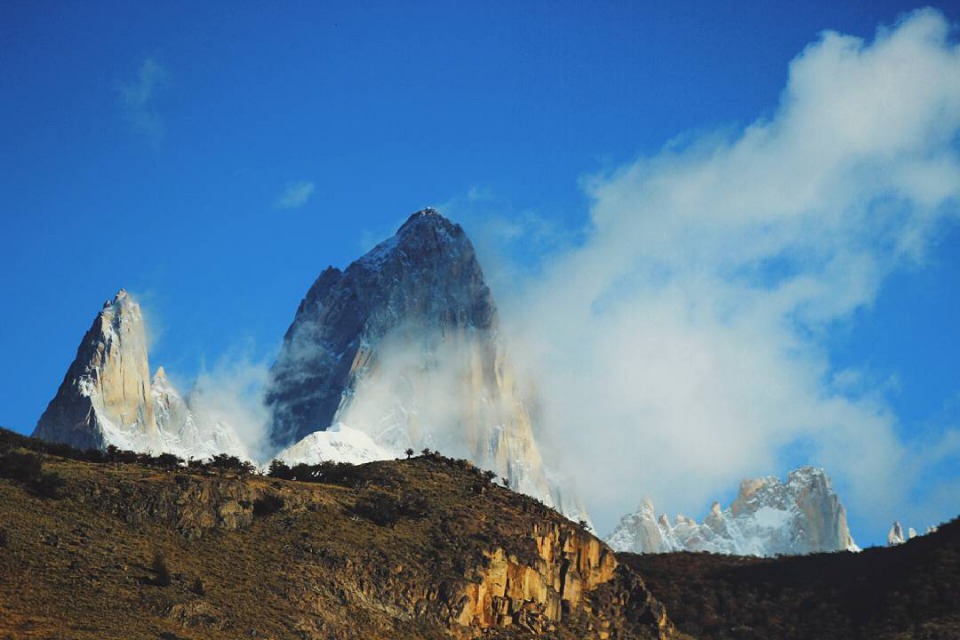
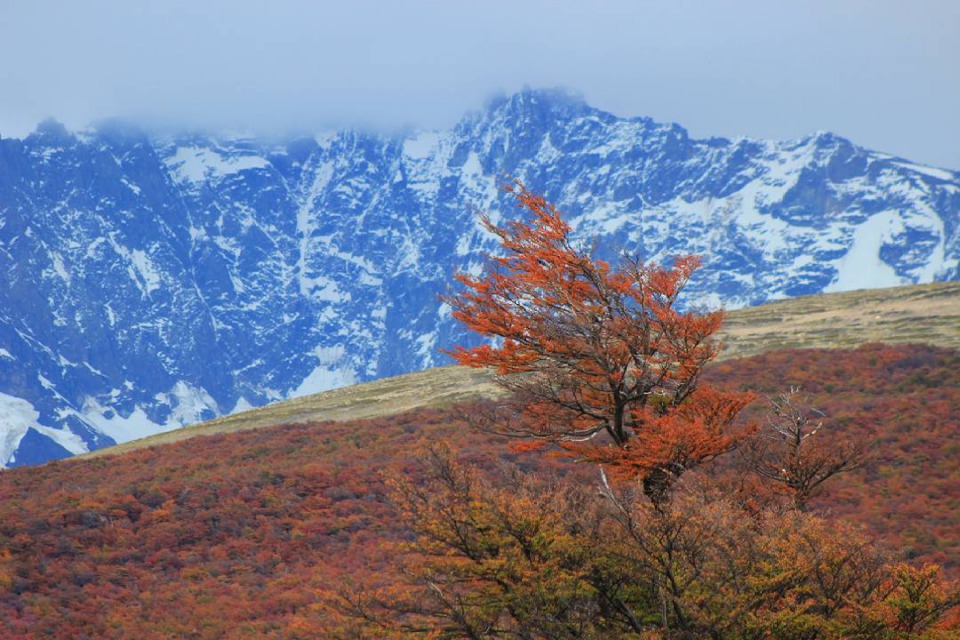
For a long time we did not go out for many days. Our backs have become unaccustomed to large and heavy backpacks. But the scenery around drowned out all physical sensations. All that is interesting at such moments is a path under your feet that leads you into a fairy tale. It’s terribly to look around and blink, it seems, as if you are distracted for a second, this beauty can disappear.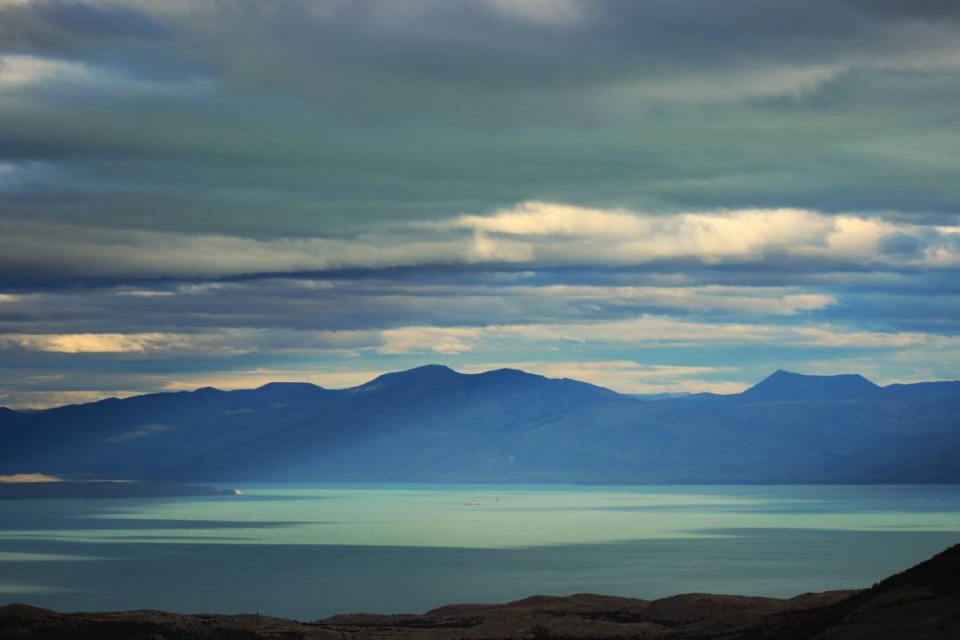
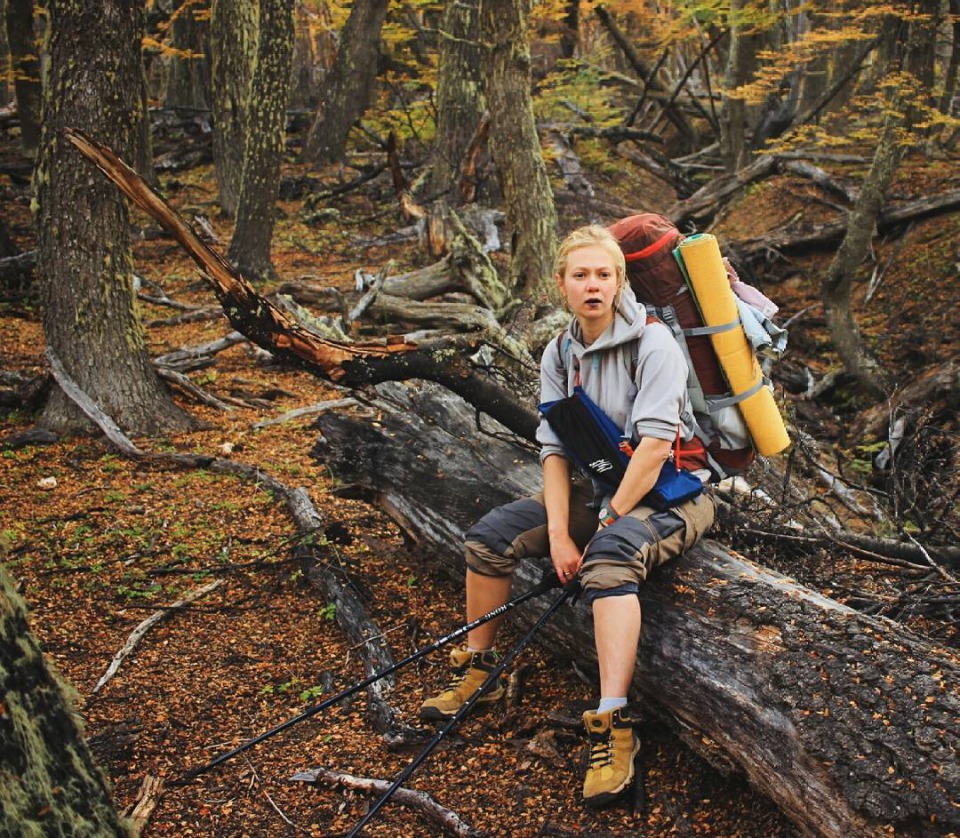
The National Park Los Glaciares is listed as a UNESCO World Heritage Site, and most of its territory is located on lands that Argentina and Chile have not yet shared. On the territory of Chile, Los Glaciares turns into the Bernardo O'Higgins National Park. In general, these two parks unite the Southern Ice Sheild, the third glacier in the world after Antarctica and Greenland.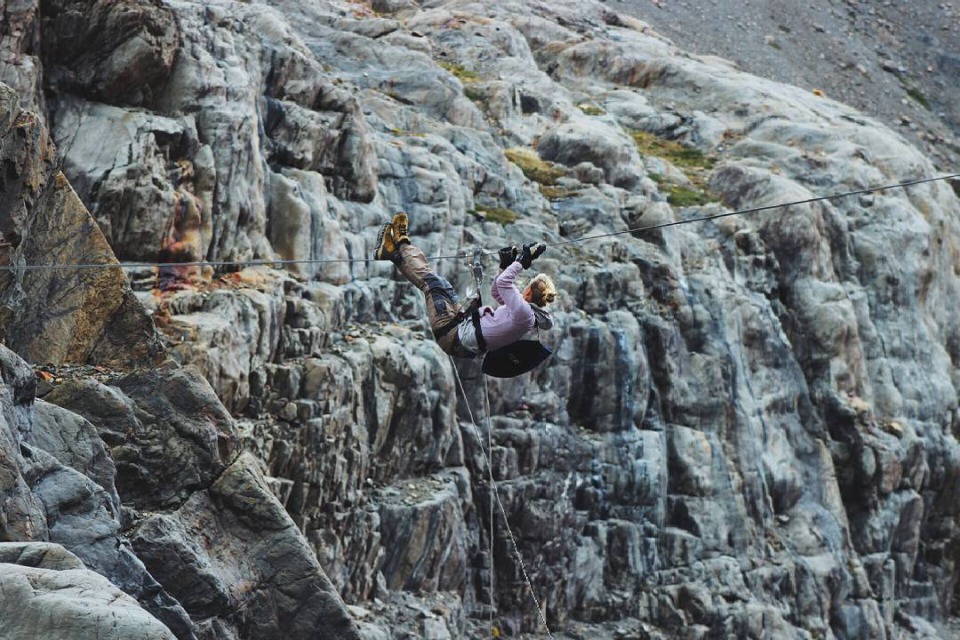
It’s really hard to walk around moraines, and near the glacier moraines are ice. Strange world, in which everything is unsteady. Huge stones literally hang on each other. At first, it seemed that it was easier to walk along the glacier, but it was not so. In clean areas, legs move apart on the surface. And at the same time, you constantly hear the movement of water somewhere inside, under you.
The dark stones that fell on the glacier from above are heated in the sun and fall off somewhere deep, leaving bottomless hole-tunnels, such holes come across in a variety of sizes, they melt the melted water, breathe and tremble from some processes taking place inside.
Every time in the mountains, on difficult parts of the trail, when the rain starts and the wind increases, we are surprised that our little steps are the only thing that will lead us out of here. Just do it step by step, just go. If you stop, you start to freeze, but when you make these small steps, it becomes warm and even hot.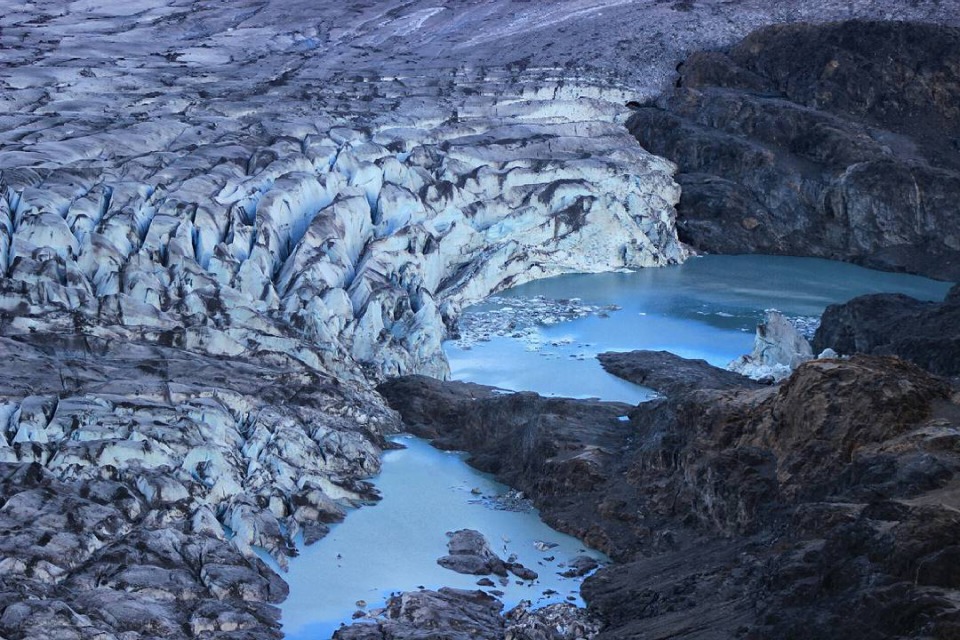
The return was as fairy as the whole trip.
Stay tuned! The next part is just around the corner :)
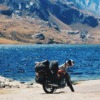
 Follow
2.1K
Follow
2.1K


